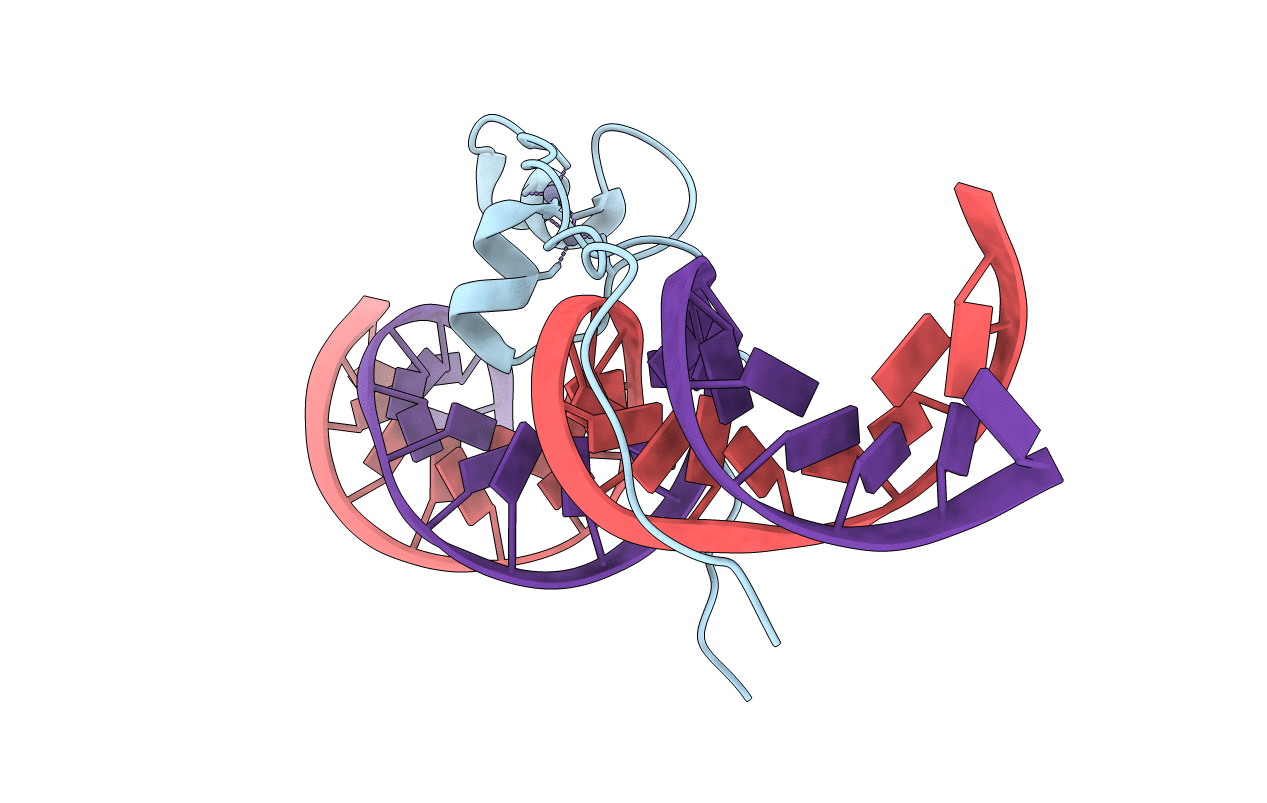
Deposition Date
2018-07-13
Release Date
2018-10-24
Last Version Date
2024-03-13
Entry Detail
Biological Source:
Source Organism:
Schizosaccharomyces pombe (strain 972 / ATCC 24843) (Taxon ID: 284812)
Schizosaccharomyces pombe (Taxon ID: 4896)
Schizosaccharomyces pombe (Taxon ID: 4896)
Host Organism:
Method Details:
Experimental Method:
Resolution:
1.71 Å
R-Value Free:
0.21
R-Value Work:
0.18
R-Value Observed:
0.18
Space Group:
P 1 21 1


